Neuroscience
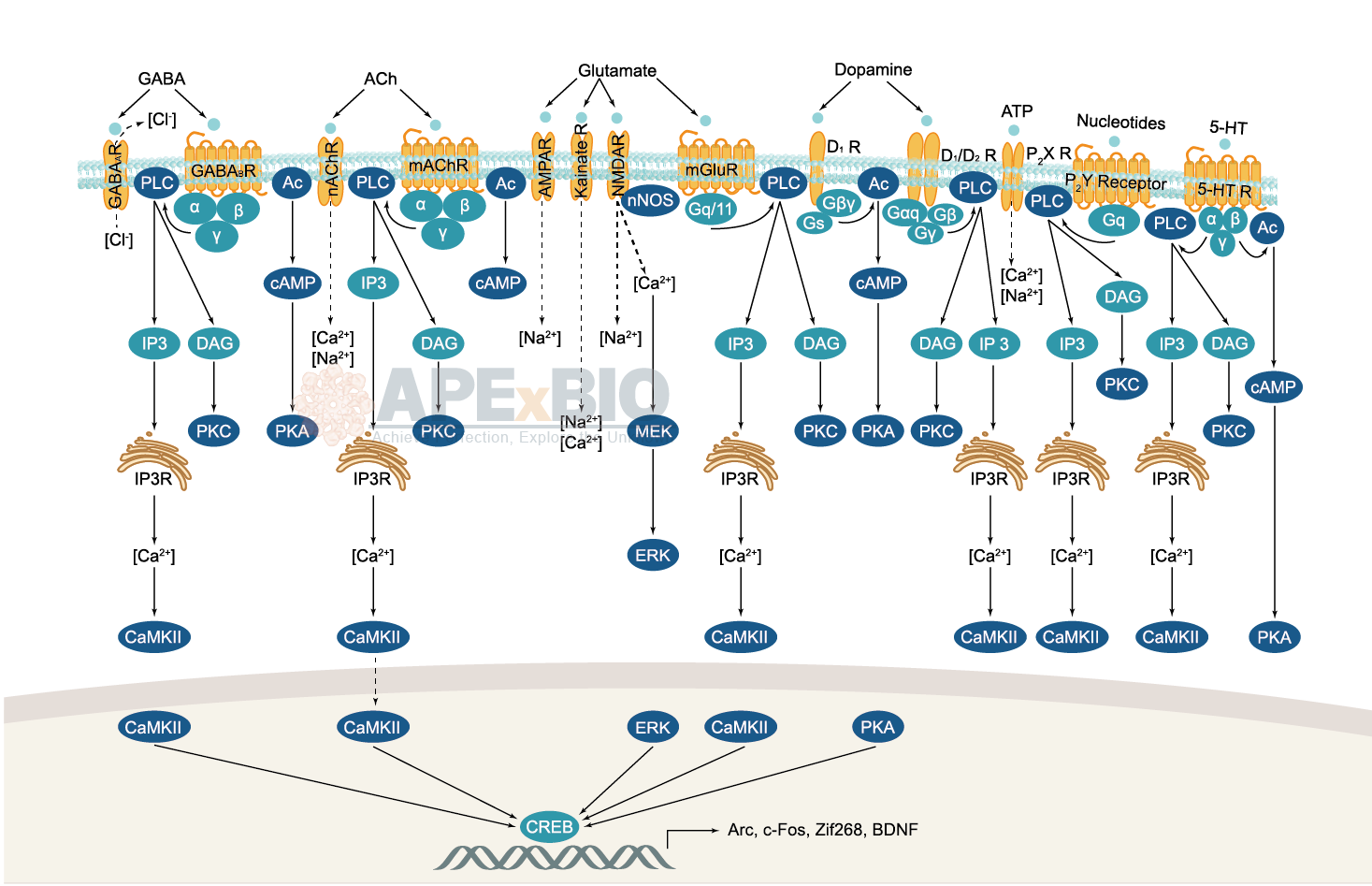
Neurotransmitter receptors function via various G-protein coupled and G-protein independent mechanisms that activate downstream intracellular signaling pathways such as cAMP/PKA, PI3K/AKT, phospholipase A2, and phospholipase C pathways. For instance, dopamine receptors act through adenylate cyclase to activate PKA and other signaling molecules, thereby mediate gene expression through the actions of CREB and other transcription factors. Other neurotransmitters such as NMDAR or AMPAR are associated with ion channels that control flux of Ca2+ and Na+, thus propagating the action potential across the post-synaptic neuron.
Dysfunctions in GABAergic/glutamatergic/serotonergic/dopaminergic pathways result in a broad range of neurological disorders such as chronic pain, neurodegenerative diseases, and insomnia, as well as mental disorders including schizophrenia, bipolar disorder, depression, and addiction.
-
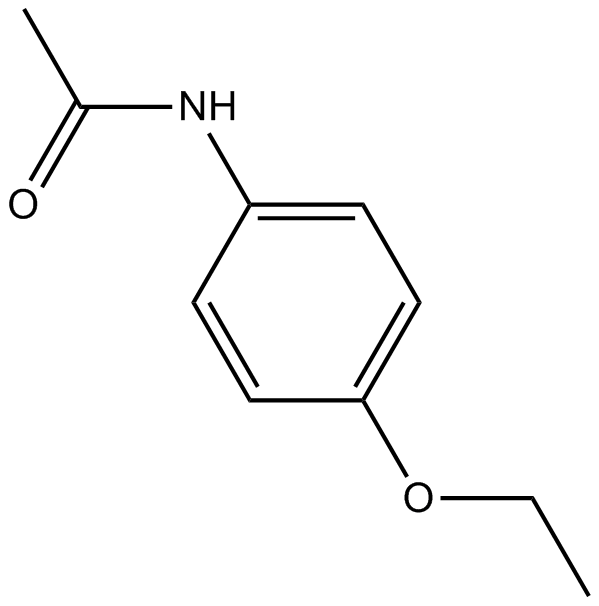 B1453 PhenacetinSummary: Non-opioid analgesic
B1453 PhenacetinSummary: Non-opioid analgesic -
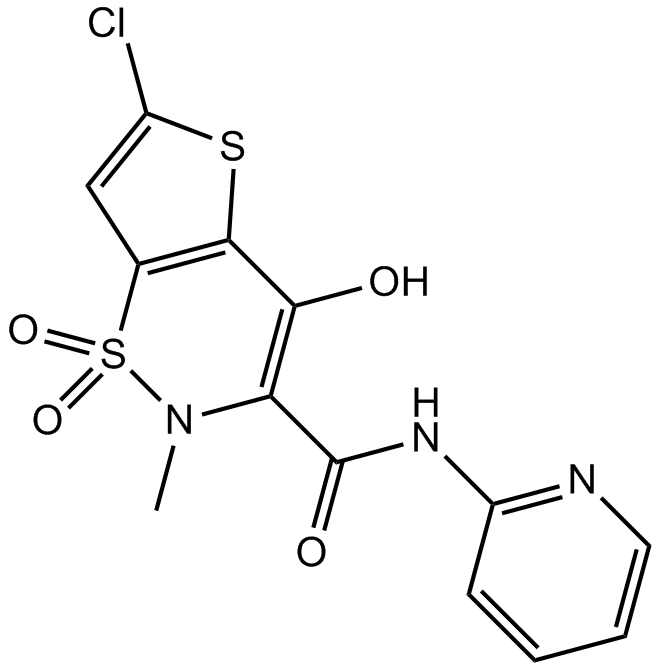 B1441 LornoxicamTarget: COXSummary: COX-1/COX-2 inhibitor
B1441 LornoxicamTarget: COXSummary: COX-1/COX-2 inhibitor -
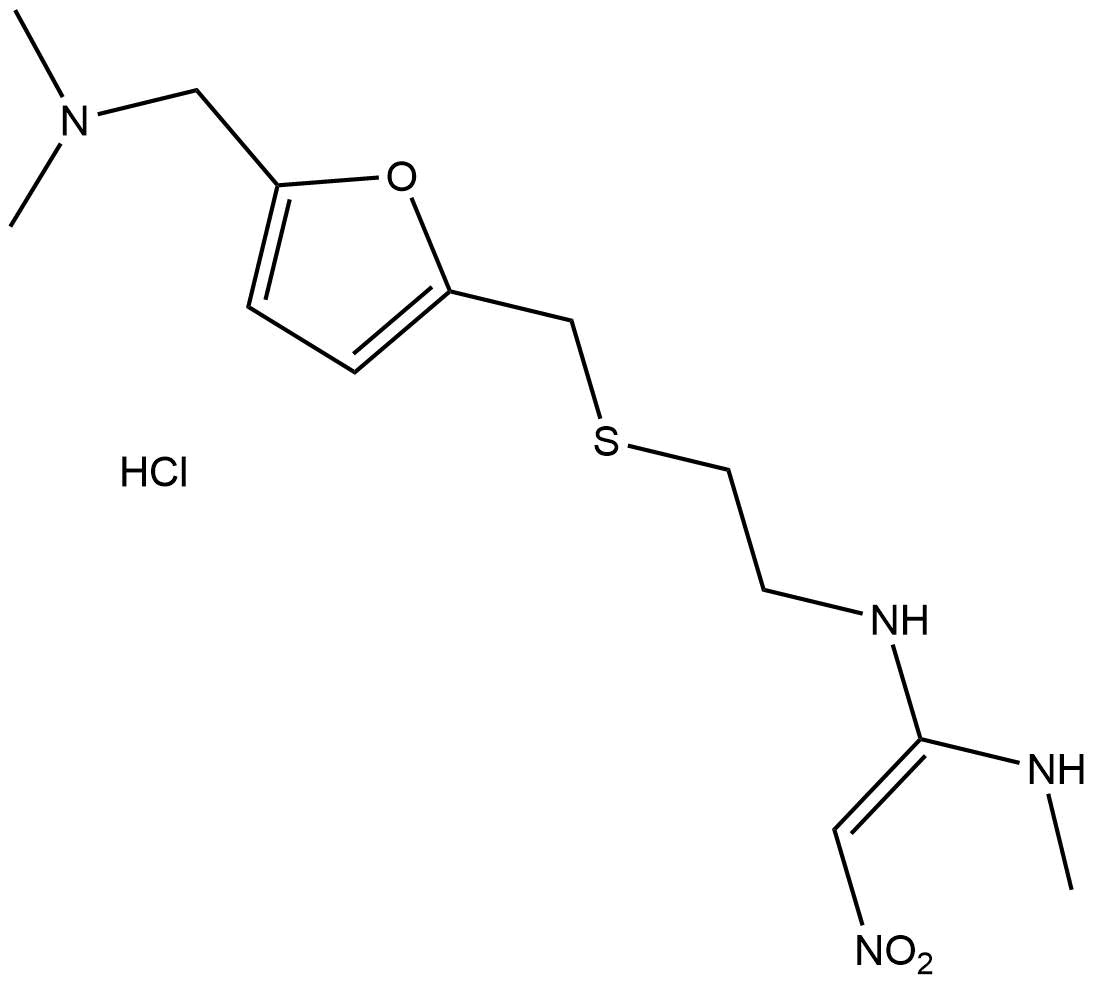 B1564 RanitidineTarget: Histamine H2 ReceptorsSummary: Histamine H2-receptor antagonist
B1564 RanitidineTarget: Histamine H2 ReceptorsSummary: Histamine H2-receptor antagonist -
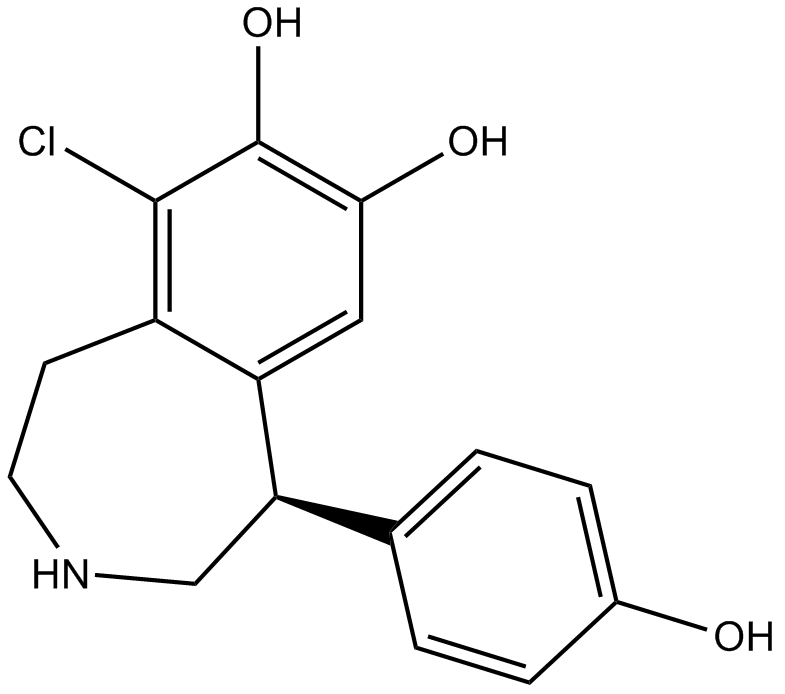 B1483 FenoldopamTarget: D1 and D5 ReceptorsSummary: D1-like dopamine receptor partial agonist
B1483 FenoldopamTarget: D1 and D5 ReceptorsSummary: D1-like dopamine receptor partial agonist -
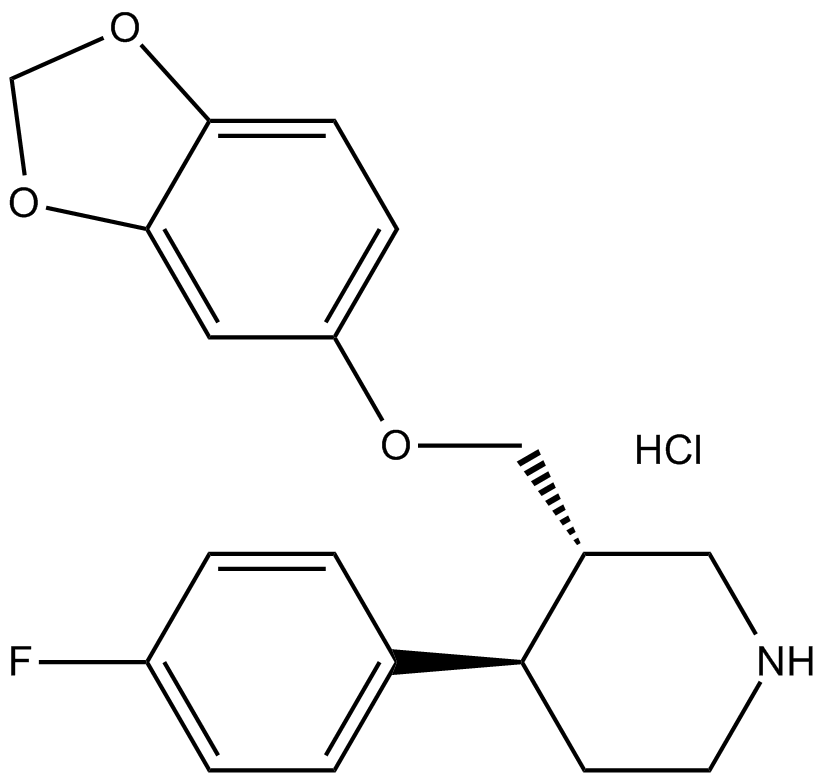 B2252 Paroxetine HCl1 CitationTarget: 5-HT TransportersSummary: Antidepressant agents
B2252 Paroxetine HCl1 CitationTarget: 5-HT TransportersSummary: Antidepressant agents -
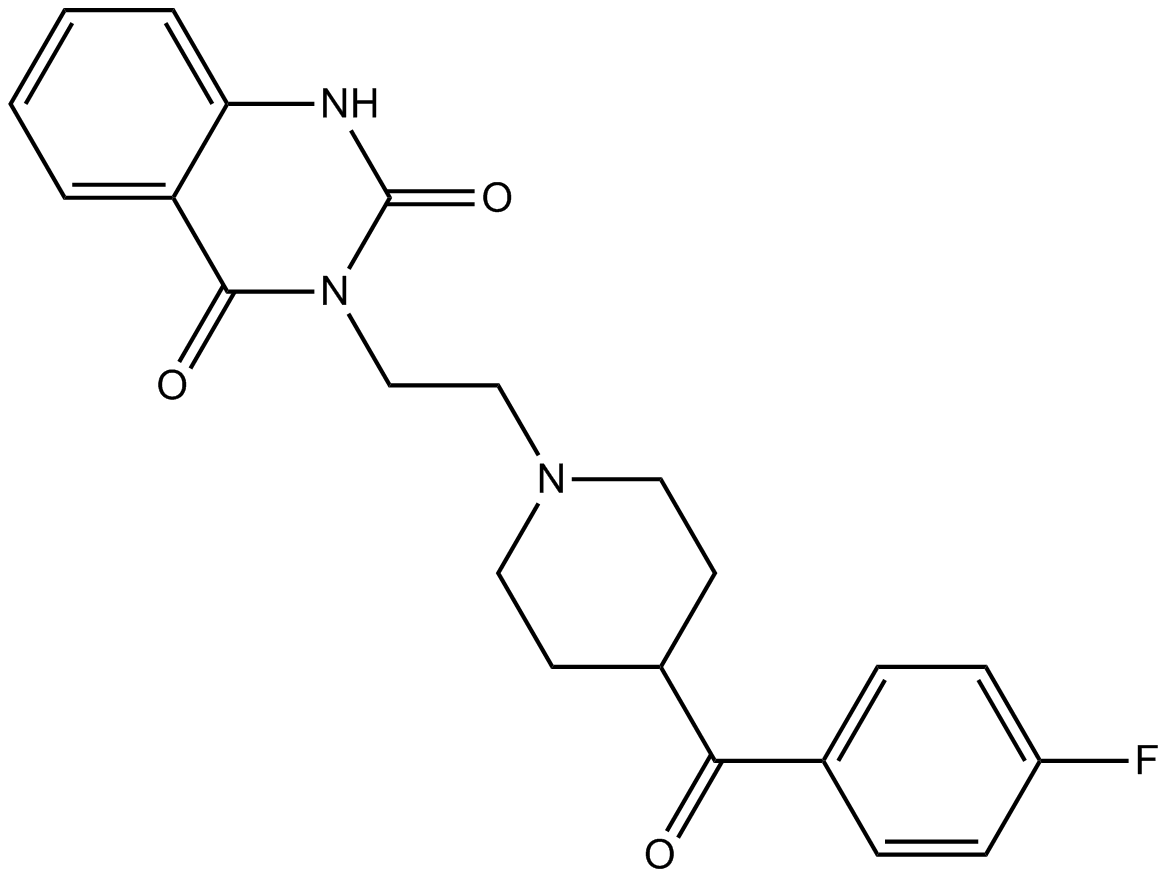 B2248 KetanserinTarget: 5-HT2 ReceptorsSummary: specific 5-HT2A serotonin receptor antagonist
B2248 KetanserinTarget: 5-HT2 ReceptorsSummary: specific 5-HT2A serotonin receptor antagonist -
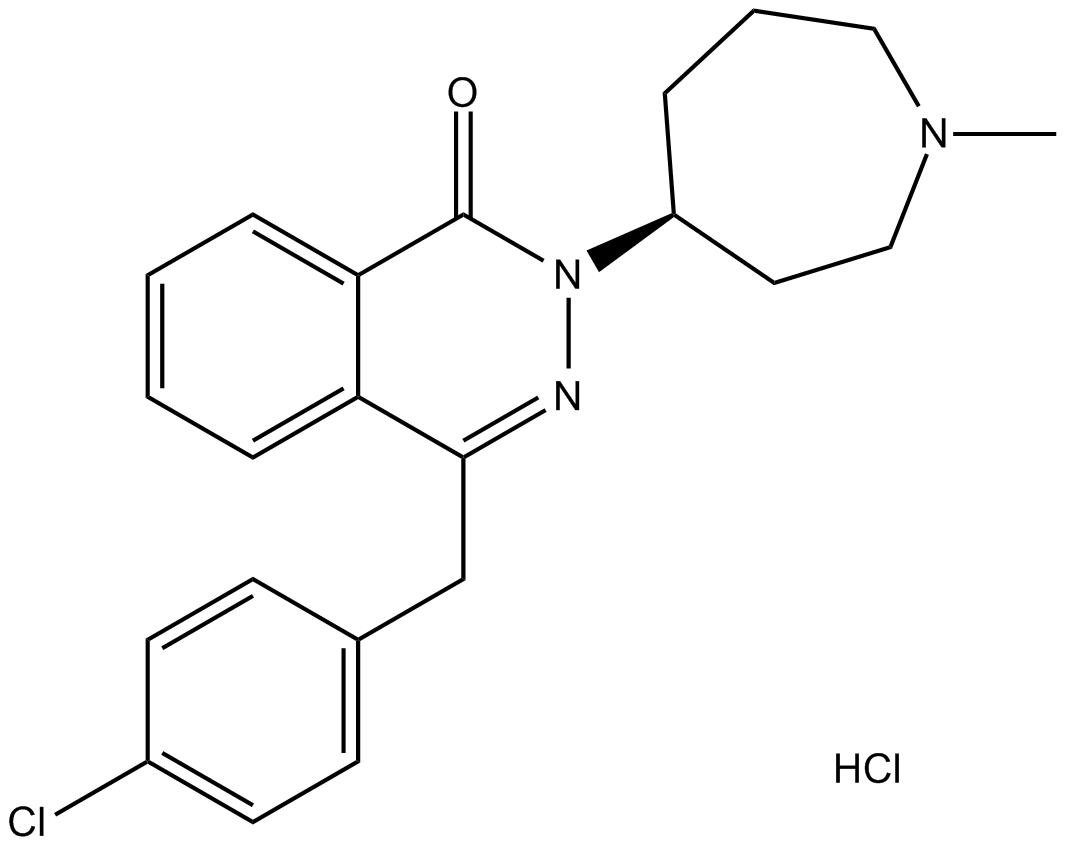 B1568 Azelastine HClTarget: Histamine H1 ReceptorsSummary: Potent, second-generation, selective, histamine receptor antagonist
B1568 Azelastine HClTarget: Histamine H1 ReceptorsSummary: Potent, second-generation, selective, histamine receptor antagonist -
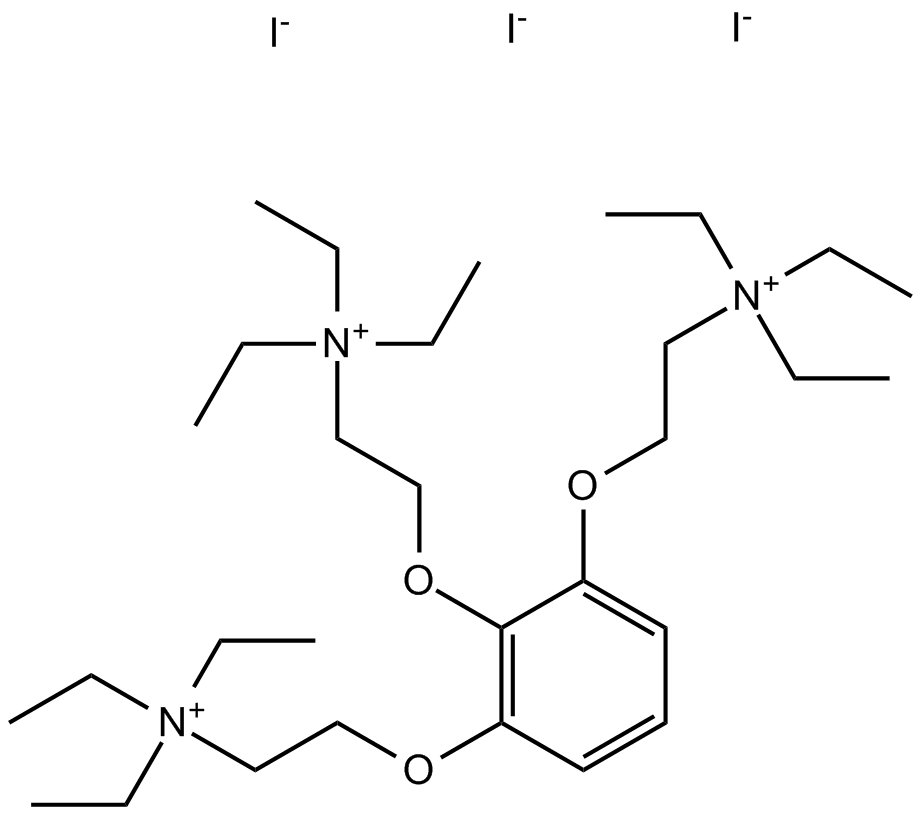 B1610 Gallamine TriethiodideTarget: M2 ReceptorsSummary: Cholinergic receptor blocker
B1610 Gallamine TriethiodideTarget: M2 ReceptorsSummary: Cholinergic receptor blocker -
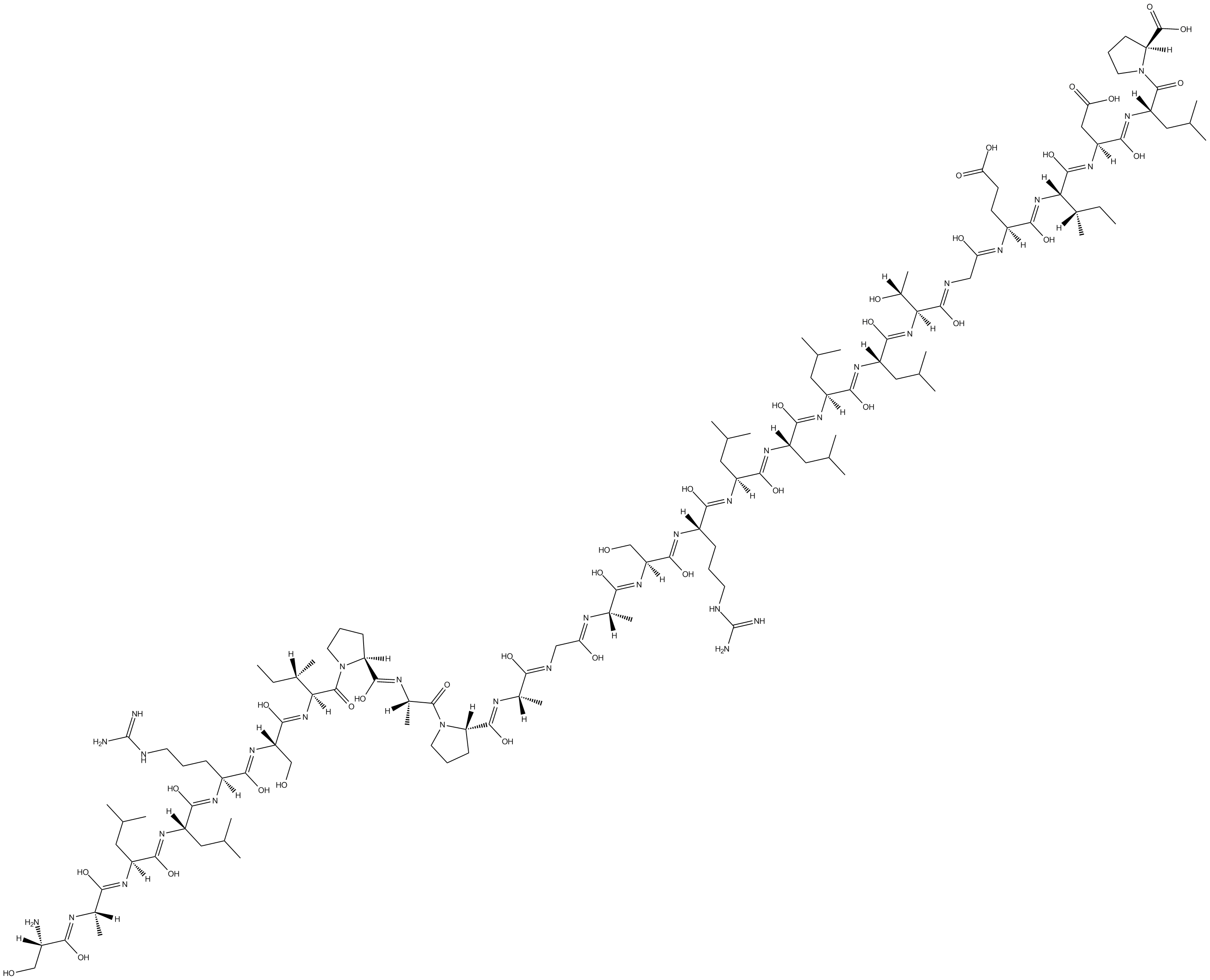 B7546 ColivelinTarget: STATSummary: A neuroprotective peptide and activator of STAT3
B7546 ColivelinTarget: STATSummary: A neuroprotective peptide and activator of STAT3 -
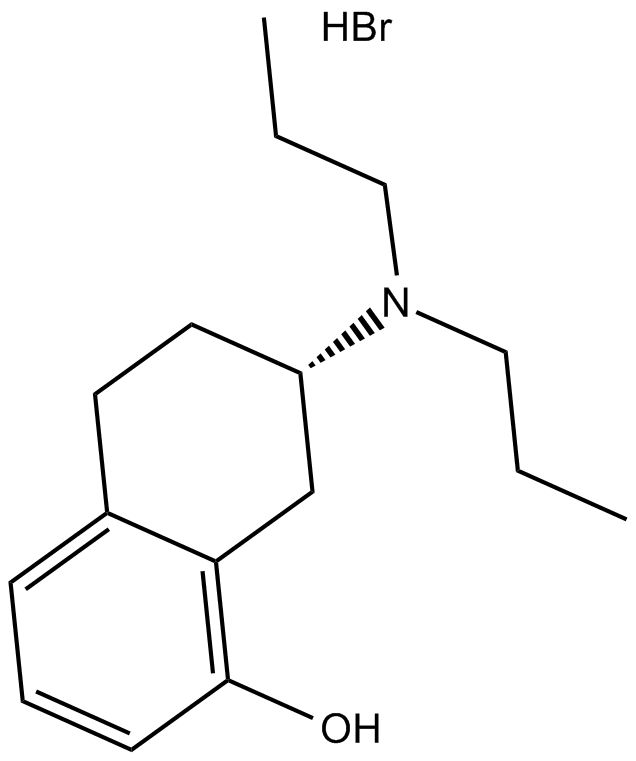 B6337 8-Hydroxy-DPAT hydrobromideTarget: 5-HT1 ReceptorsSummary: 5-HT1A agonist
B6337 8-Hydroxy-DPAT hydrobromideTarget: 5-HT1 ReceptorsSummary: 5-HT1A agonist

